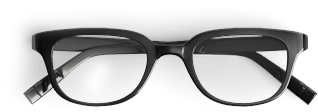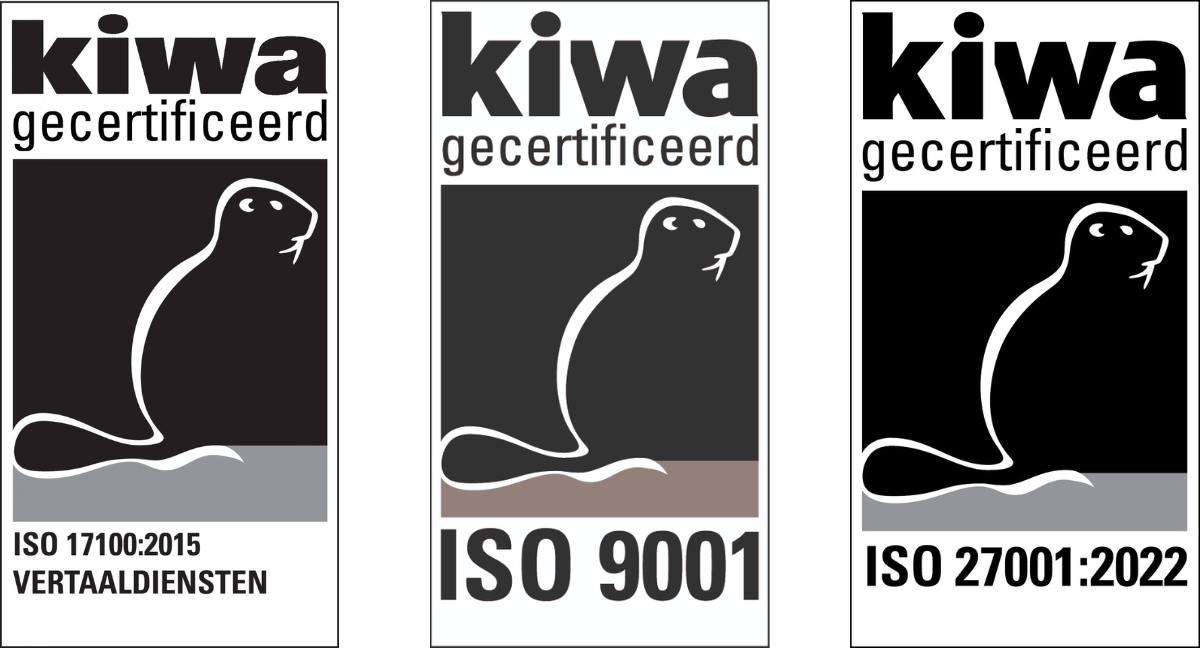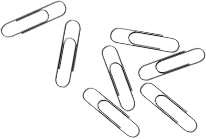Slovene translation agency
- Only experts in the Slovene language
- Get the best Slovene translations….
 Slovene translation agency
Slovene translation agency
Slovene (slovenščina) belongs to the Slavic languages forms the South Slavic language group together with Croatian, Bosnian, Serbian, Macedonian, and Bulgarian. Slovene is the official language of Slovenia and is spoken by over 2 million people. There are also quite a few Slovenians in the border region with Italy (around Triete), in the Austrian part of Stiermarken (Štajerska), south of Graz (Gradec), and in the Hungarian region of Szentgotthard (Monošter).
Slovene uses the Latin alphabet and has been supplemented with a few letters in connection with pronunciation. Until the 19th century, it used the alphabet developed by Adam Bohorič. But then, a true alphabet battle began. Priest Fran Metelko developed a new alphabet for Slovene because he thought the Bohorič script was too similar to the German alphabet. Metelko also proposed a simplification of the writing method; the language needed to be phonetically pronounced. Surely, he meant well, but this meant the language suddenly gained a whole lot of letters. In the absence of a better solution, Metelko used Cyrillic letters for this. This did not sit well with the Slovenians. Another priest, Peter Dajnko, then developed the Dajnko script, also known as ‘dajnčica’. He partially based this on the Metelko script, which he had tried to simplify as much as possible. However, yet again, there was a wave of protest.
The third person to get involved was Croatian linguist Ljudevit Gaj, who had successfully reformed the Latin script for Croatian. Gaj took his inspiration from the Czech alphabet, and introduced the diacritic Č, Š, and Ž into the Slovene alphabet. A Croatian linguist taking inspiration from Czech to design a Slovene alphabet; it seems like a setup for failure. But no, surprisingly, Gaj’s alphabet was adopted as the new Slovene alphabet without much resistance. This new Slovene is also called ‘Gajica’, based on its creator’s last name.
To get the most out of a translator, they need to have their own language and culture around them every day. Translation is more than just converting text from one language into another – it is also about correctly addressing the intended target group. That is why we like working with in-country translators, translators who are always surrounded by their language and culture. In this case, Slovenian translators who live in Slovenia and speak Slovenian as their native language.
Translation agency is in possession of the ISO 9001 and ISO 17100 certificates. These are the highest achievable European quality standards for translation agencies. But we want to give you some additional assurances, a lowest price guarantee and our 100% satisfaction guarantee. This means you do not run any risk with us – not in terms of price and not in terms of quality. What do our clients think of this? You can find out on this independent website.
You can always request a free quote from us. You can do this by following the link below. You will receive a customised quote for your Serbian translation within 30 minutes.
15.000+ clients have already placed their trust in us

Translation Agency complies with the highest attainable certifications: ISO 9001:2015, ISO 17100:2015, and ISO 27001:2022. Top quality, security and service remain our number one priority.


Translation Agency is a member of the VViN and EUATC; Organisations of translation agencies that work together to optimise quality and service.
